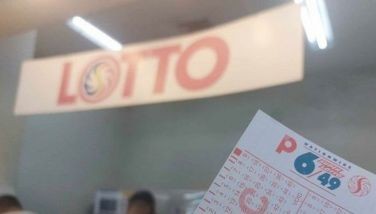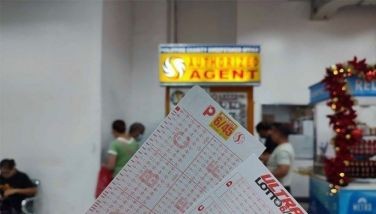BFAR set to revive lobster, sea urchin industry
The rolling waves of a beach at Barangay Taggat in Cagayan’s northernmost Claveria town served as venue for the BFAR here in providing a local fisher’s association with the needed technology to help them again propagate sea urchin (Tripneustes gratilla) and lobster, both high-value delicacies.
Also both highly priced favorites at fancy restaurants, the two are expected to make a comeback as the BFAR regional office awarded to the local fishers association here stock enhancement technology and culture medium intended to propagate both species.
“The booming recreation and tourism industry at the Cagayan Economic Zone at
According to the Fisheries bureau, sea urchin, locally known as maritangtang, were once abundant in the area. But their populations started to dwindle due to indiscriminate gathering in the 1990s.
In order to jumpstart the natural regeneration of sea urchins, the agency in collaboration with the local government unit, awarded five pieces of half-cubic-meter cages with bamboo frame and plastic screen as culture medium for the said sea urchins, and stocked with 3,000 juveniles.
BFAR said the initial stock had come from produce of a similar project at
For lobster production, meanwhile, the project uses a similar structure, but larger cage, with feed usually being trash fish and seaweeds.
Although still being gathered in the region, lobster is already rare, as most lobster produce is sent to the metropolis.
Likewise, the stock of sea urchins will be fed with seaweeds (Sargassum) present in the area, until they are ready for harvest, which is within six to eight months.
The culture area for sea urchins doubles as mini-reproductive reserves are known as ‘free spawners,’ said Dr. Evelyn Ame, BFAR research head here. This means fertilization occurs in the water where eggs and sperm are released.
Additionally, the lobster cage, will serve as temporary shelter for gravid or egg-bearing females to enable them to release their eggs in safety. “This will ensure regeneration (of species),” Ame said, since the fishermen will no longer harvest the pregnant females. – Charlie Lagasca
- Latest
- Trending



























